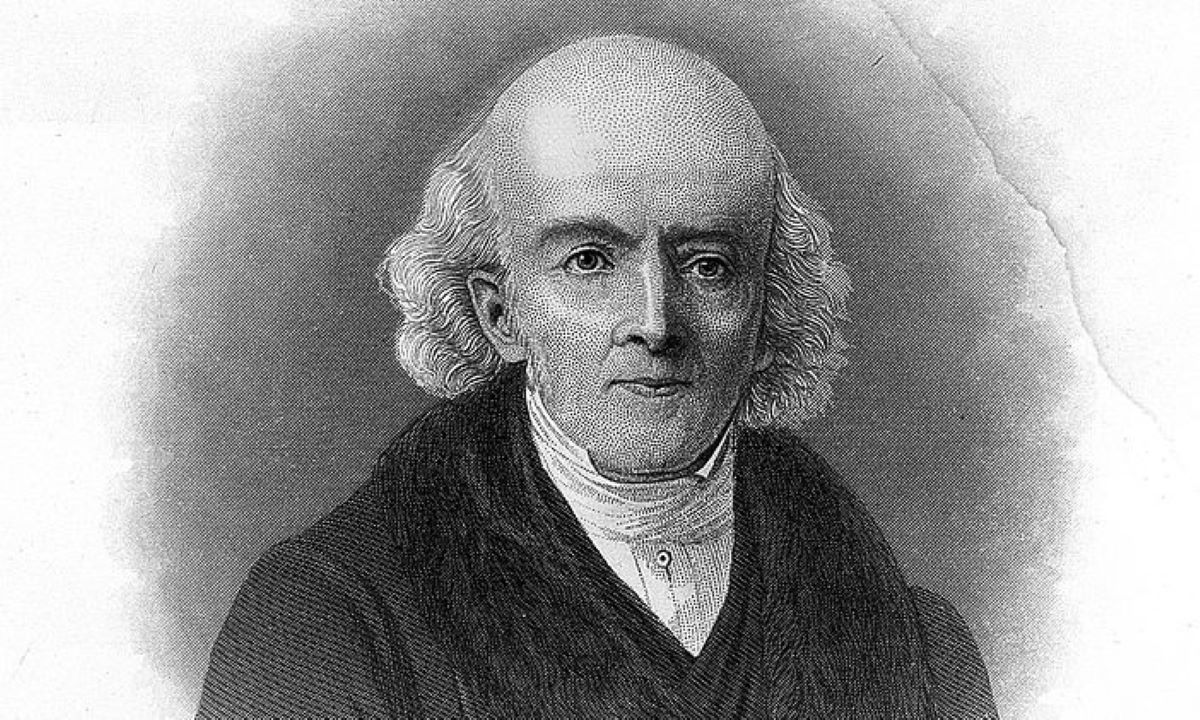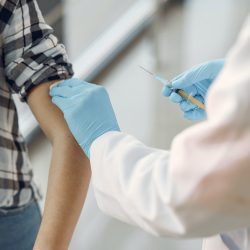We know that the proper functioning of the organism in a healthy state is ensured by a multitude of physiological self-regulatory systems . We are indeed perpetually subjected, during our life, to attacks of different origins (physical, chemical, bacterial, psychic, etc.) which, thanks to our self-regulatory systems, we undergo without damage and without realizing it. account.
If these attacks become intense tops compared to the reaction possibilities of our organism, our self-regulatory systems are overwhelmed and we show signs of suffering ; we then present abnormal reactions that can affect different devices and result in objective and subjective symptoms . However, for the same aggression, the different organisms do not all react in the same way. For example, for the same pathogen, some subjects will present with angina, bronchitis , sinusitis or diarrhea… while others (more resistant) will remain clinically free from any pathological manifestation.
What is the notion of land?
Each individual presents a different “ terrain ” which determines for each his way of reacting to a given aggression. This notion of field dominates the clinic and therapy in chronic pathology . It is clearly perceived and recognized by all clinicians who daily observe that individuals experience the disease differently. This, according to their personal characteristics, their clinically obvious “ individual background ” but difficult to define in the current state of our knowledge.
The best way to understand this important notion is to study its historical development since Hahnemann .
Hahnemann’s approach to chronic pathologies
After having defined and codified homeopathy in the last years of the 17th century, Hahnemann observed through his practice, during the first fifteen years of the 19th century, that he obtained very good results in the treatment of acute pathology .
Reflection on the difficulties in chronic pathology:
Hahnemann realizes that; if he applies the method of treating an acute pathology that he has recommended for a chronic patient; that is to say, if he gives the patient the medication (s) whose pathogenetic signs correspond to the symptoms presented or felt at the time of the consultation, he obtains much less obvious results. It therefore witnesses relapses of the pathological phenomena treated . In fact, he is in the presence of partial or total treatment failures.
The comparison with Syphilis:
In order to fully understand the conclusions Hahnemann arrives , one must place oneself in the historical context.
At that time, syphilis, gonorrhea and Nicolas-Favre’s disease were confused.
To avoid the inconveniences of the barbaric therapies of the time concerning syphilis; he recommended the use of a soluble salt of mercury , the preparation of which he had codified, in non-toxic doses, just sufficient to cause the mercury fever to which he attributed the cure of the disease.
Between the years 1810-1820, against the opinion of classical venereologists of the time, Hahnemann separated gonorrhea from syphilis.
As a therapeutic means, he recommends the use, in infinitesimal doses , of its soluble mercury (which is in fact a nitrate of mercury and ammonium) which he considers to be the specific drug for syphilis.
It is not forbidden to think, with hindsight, that the good therapeutic results that he obtained were at the same time the consequence:
- From stopping toxic doses of mercurial preparations.
- Elimination , under the effect of infinitesimal doses of mercury salts, of mercury fixed in organisms.
Be that as it may, syphilis will become for Hahnemann the typical example of chronic infectious or “ miasmatic ” disease as they said at that time when bacteriology was not yet born. ( Louis Pasteur lived from 1822 to 1895).
Hahnemann’s three “chronic diseases”
Hahnemann describes three miasmas responsible for three “chronic diseases” of very different importance. Two are contagious venereal, the other is contagious cutaneous:
- Sycosis , the least important of all, results essentially in cutaneous vegetations, especially genital, which follow gonorrhea; it is the consequence of gonorrhea miasma.
- Syphilis or chancker venereal disease, more widespread than the previous one, is the consequence of syphilic miasma.
- Psora , the most widespread of all (7/8 of patients according to Hahnemann ), is the result of a cutaneous miasma (scabies) which is not always easy to demonstrate by the anamnesis.
Therapeutics for chronically ill patients according to Hahnemann:
For him, all chronic diseases can be radically cured by internal treatment with the drug (s) specific to the causal miasma . It is sufficient to treat the disease at the time of its primary rash , because the entire disease is treated like this : internal disease + skin manifestation.
- Syphilis finds its specific medicine in infinitesimal doses of Mercurius solubilis .
- Sycosis is cured by doses of Thuja occidentalis alternated with doses of Nitricum acidum .
- As for the psora , its clinical manifestations are very varied and protean.
The leader of the “antipsoric” drugs, to use the term used by Hahnemann , is Sulfur but, most of the time, the pathological case being old or complicated, it will be necessary to resort to the 47 drugs studied in the treatise of “Chronic diseases”.
Approaching technique for chronically ill patients according to Hahnemann
After all these prolegomena, Hahnemann then gave practical advice for finding homeopathic medicines in the face of a chronically ill patient. In homeopathy, we should not only be interested in the symptoms present or the current symptoms, but also all the symptomatology prior to the consultation, all the evolving symptomatology of the disease in time and space.
We must approach the symptoms as an indissociable somatic and psychic whole by “considering the whole state of the person”, by being interested in the etiology of the disorders to be treated (personal and hereditary antecedents, conditions of appearance or maintenance of the disorders. , personal or professional hygiene), also taking into account the sensitive type of the person (character, spirit, constitution).
Medical bibliographic sources and clinical trials :
- Denis Demarque. “Homeopathy; Medicine of experience ”. Maisonneuve, 1982
- JL Cal, F. Larue, J. Guillemain and J. Cambar. “Influence of the duration of the pretreatment on the protective effect of Mercurius corrosivus with respect to toxicity (…)”; French homeopathy, 1986
- Samuel Hahnemann. “Doctrine and homeopathic treatment of chronic diseases”, translated by AJL Jourdan, 1846







